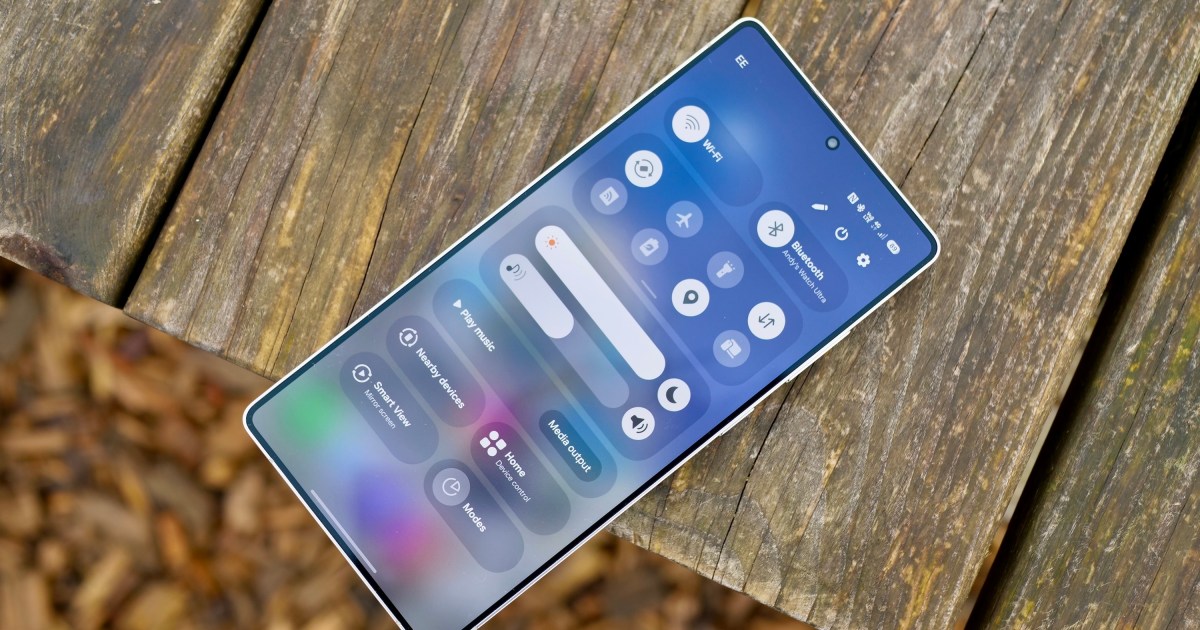One UI 7, Samsung’s latest Android skin, comes with several visual and functional upgrades over the previous version, with better visuals, a spoonful of AI, and a pill-shaped control similar to iPhone’s Dynamic Island. The stable version, only available on the Galaxy S25 series so far, gets an additional set of controls that allow parents to limit their children’s access to age-sensitive explicit content.
With these new filters part of Digital Wellbeing, parents can set restrictions on the websites and apps and filter out anything harmful, Android Authority recently found out. Those who own Galaxy S25 or other devices that receive the One UI 7 update in the future, will be able to set automatic filters to restrict adult websites on their children’s phones. Samsung doesn’t quite say if it uses a simple blacklist or any advanced measures like AI to filter out “sexually explicit and violent sites.” But it does say it might not be able to block all websites with content unsuitable for children.
Additionally, you can set limitations on which apps can be downloaded to your children’s phones. The new settings allow parents to limit apps and games, restricting them by age filters. You can either choose to limit access based on the child’s Samsung account or manually set age limits to allow apps for kids aged “12+,” “16,” or “18+.”
While setting up a new Samsung device for a child, you could also set up permissions where the parents must approve when a child tried to download an app onto their phone.
Please enable Javascript to view this content
While theoretically effective in limiting children’s access to unsafe content, there lies a caveat with these new settings. These limits only apply when content is viewed from Samsung’s own apps — Samsung internet for explicit websites and the Galaxy Store for apps and games. Both the parents and child must also use a Samsung device with an active Samsung account.
Perhaps, Google — and not Samsung — is to be blamed for these limitations, and the only way for them to widely available is if Google integrates similar functions as core Android features available on all devices, and not just limited to one brand.
Read the full article here













